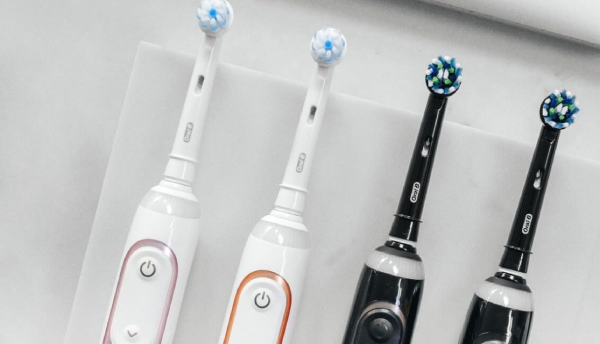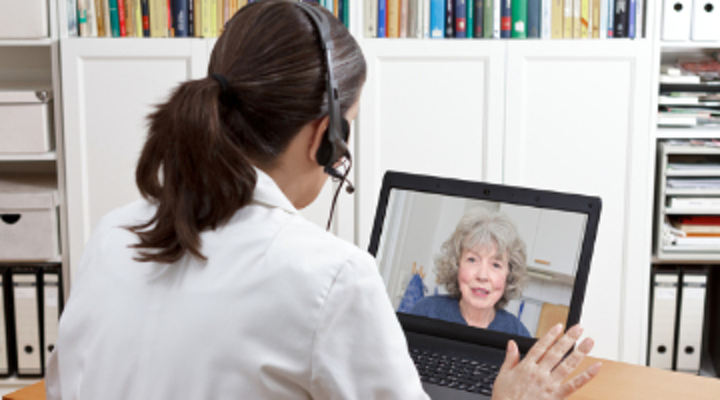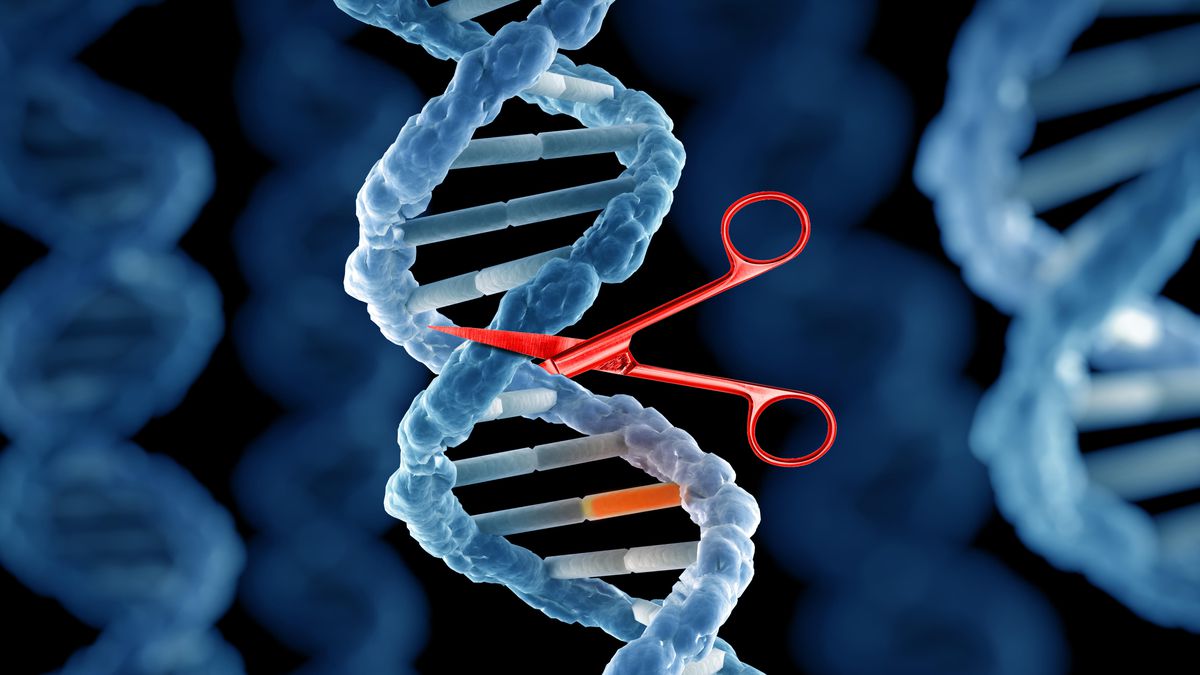Top 9 Technologies That Will Define the Future of Dentistry
A fleet of emerging technology, ranging from augmented reality to artificial intelligence (A.I.) and CRISPR, will transform dentistry and our whole approach to oral health in the future.
For the best dental medications, Contact Akeela Dental Care!
Disruptive advances, including those seen in other medical specialties, would have a significant effect on how dentistry is practiced and how people care for themselves in the future. Can you imagine having your 3D-printed prosthesis in an hour rather than 4-5 visits to the dentist? What about a teledentistry consultation? Or how about the ability to develop new teeth at the age of 80?
Let’s take a look at how this can be realized in the future thanks to the nine innovations mentioned below.
1. Artificial intelligence
- Dentists already use tools to help them make professional decisions.
- The implementation of A.I. algorithms would help clinicians to identify the right care modalities for their patients.
- Dental medicine is entering a new stage of digitization as a result of the rapid growth in clinical data and the maturation of healthcare A.I.
- Once A.I. tools have access to accurate diagnostic details for each person, they will immediately provide the right care choices and performance probabilities to clinicians.
- Aside from churning out clinical info, A.I.-based algorithms will assist specialists in properly tending to dental problems.
- A machine learning tool for correctly quantifying immune cells in the vicinity of oral cancer cells has been developed by researchers.
- This offers a deeper understanding of cancer spread and resilience, aiding in assessing chances of survival.
- Others are employing neural networks to improve the detection of dental deterioration and periodontal disease in radiographs. Such tactics have the potential to become commonplace in the near future.
For more information
2. Smart toothbrush
- In the future, our house will be packed with wired, mobile gadgets, so why should our bathroom be an exception?
- Allowing a sensor into one of the most personal habits, teeth brushing, may seem odd at first, but it makes maintaining oral hygiene and preventing plaque or cavities much easier.
- Via its smartphone, a specific smart electric toothbrush ensures that you are brushing your teeth correctly.
- Few apps also have fun activities for kids and help them maintain the healthy practise of brushing their teeth on a regular basis.
- Another smart toothbrush has sensors in its handle to provide real-time input through a companion app, advising you if you are putting too much pressure, where you are brushing, and even coaching the user about how to brush properly.
- There are a number of such devices on the market from firms such as Colgate and Oral-B.

3. Augmented Reality
You may have heard about Augmented Reality (AR) through social media applications. AR, on the other hand, has sought a niche in dentistry for both educational and therapeutic purposes. In dental medicine, the device is most often used in reconstructive and cosmetic treatments to help patients see how they will appear following surgery. Some firms have created AR applications that use the camera on their phone or tablet to overlay visual representations of the enhanced collection of teeth prior to the treatment. This helps patients and dentists to customize facets of their teeth like height and spacing before entering the surgery room. Akeela Dental care being an experienced and favorable spot for dental tourism in India provides superior treating service to worldwide patients.
4. Virtual Reality
Virtual Reality (VR), not to be mistaken with augmented reality (AR), totally blocks out the outer world with a specialized headset and entices the user in a virtual setting. Students as well as aspiring dental surgeons may be transported to the OR from their sofa by sliding such a headset over their heads, whereas patients can visualize a soothing scene while sitting in the dreaded dentist’s chair to enhance their experience. Surgeons may use a virtual reality camera to broadcast operations around the world and enable medical students to virtually join them in the operating room using VR goggles.
- In following this approach, dentistry also outpaced other fields of medicine.
- The technology may also be used to help dentists develop their sensitivity abilities by placing them in the shoes of their patients or in difficult circumstances.
- In the patient side, augmented reality might be the key to our dentist’s office fear.
- In dentistry, virtual reality can be an efficient distraction technique.
- Patients that wore goggles that showed soothing natural scenes recalled the therapies more favourably.

5. Teledentistry
Consider how difficult it is for infants, people with special needs, or the elderly in nursing homes to see the dentist. Another problem is distance: residents in rural areas seldom have access to dentists and almost never have a preference. With the spread of teledentistry, everything could improve dramatically.
- Teledentistry programmes provided by businesses make oral and dental care more accessible.
- They are considerably less expensive for providers.
- It also shifts toward less expensive prevention practises.
- And it allows patients to communicate with previously inaccessible medical practitioners.
Such a programme, for example, provides an all-in-one teledentistry interface that allows patients to capture photographs, send pertinent information to a dentist directly, and conduct a live consult. The dentist can initiate a video chat with the patient and caregiver so that the medical professional can see and speak to the patient, establish rapport, link them, and bring them into the office (if necessary). As the importance of remote treatment grew during the pandemic, teledentistry is gaining traction, and authorities are reacting accordingly.
6. Computer-assisted design and 3D-printing
3D printing needs no introduction, given the excitement it created in healthcare a few years ago with the technology’s ability to print drugs, prosthetics, and even organ replicas. Its significance was emphasised further during the COVID-19 crisis, where it was necessary to circumvent supply chains in order to satisfy hospital demands. If the device becomes more widely used in healthcare, it can also be used in dental laboratories.
- Computer-aided modelling (CAD) and computer-aided manufacturing (CAM), including 3D printing, are now transforming the industry.
- They are converting them into low-cost, high-efficiency digital laboratories.
- CAD/CAM equipment drills the tooth to brace it for the crown and then takes a shot with a camera, which is then relayed to a system that makes the crown right in the office.
- Dental laboratories remove the bottleneck of manual modelling by using a 3D printer, allowing the company to flourish.
- 3D printers may also manufacture orthodontic templates, surgical manuals, aligners, retainers, and other dental instruments more quickly and accurately than conventional methods.
- This aids in the improvement of workflows, the reduction of error, and the amount of labour required, endowing the technology with time and cost-efficiency.
7. Intra-oral camera
One of the most inconvenient facets of seeing the dentist is that, no matter how large you open your mouth, the dentist can also be unable to see what they wish to see, except though using the trusty dental mirror.
- Such conditions are not only unpleasant for both the patient and the doctor, but they are also difficult.
- However, the introduction of intra-oral cameras has the potential to solve this very issue.
- The latter offers innovative cameras that will be great dialogue starters for patients.
- The cameras’ special liquid lens processing operates similarly to the human eye, ensuring effortless image capture and the transmission of accurate, informative photographs that patients can fully understand.
At Akeela Dental Care, we are the best implant dentist in India giving you excellent results and by modern technologies.
8. Regenerative dentistry
We’ve become used to seeing our teeth fall out due to ageing or injury and being replaced by prostheses.
- The world of regenerative dentistry, on the other hand, contradicts this preconceived notion with advances that may lead to self-healing teeth and biological treatment for missing teeth.
- Fillings that activate stem cells to facilitate the development of dentin, or the main constituent of our teeth, have previously been developed by researchers.
- This essentially allows patients to regrow teeth that have been affected by dental disease, potentially eliminating the need for root canals!
- The differentiation mechanisms of the cells that make up human teeth have been mapped using recent developments in the field of regenerative medicine.
- They also identified new cell forms and cell layers in teeth that could have an effect on tooth sensitivity.
Isn’t it fun to consider that when you’re old, you do not need fake teeth to replace your own, but instead, you might grow new ones? The tooth fairy will undoubtedly be overjoyed!
9. CRISPR
- CRISPR is a pioneering genome editing tool provided by Mother Nature herself, but researchers have just recently discovered its tremendous potential.
- It could become the supreme cancer agent or, more controversially, it could aid in the design of potential infants.
- Furthermore, the invention would support the field of dentistry.
- So, what effect could CRISPR have on dentistry? In reality, quite a little. Chinese researchers are using the technique to isolate and turn off oral cancer-associated genes.
- Other researchers used the CRISPR to modify the role of bacteria that cause plaque formation.
- Their efforts can also result in the reduction or avoidance of dental caries and periodontal disease.
But, please, don’t stop brushing your teeth just yet!

The Bright Future of Dental Medicine
It’s amazing how many transformative technologies will be available to us – whether for enhancing our oral health as patients or for improving our practise as professionals. Our job at The Medical Futurist is to keep up with the new developments and to keep up with the expanding possibilities of healthcare. Being a promising team of implant dentist in India, Akeela dental care offers speculative dental care service by performing the implantation surgery without any hassle.
But, please, don’t stop brushing your teeth just yet!
Get in touch with us today +91 98400 42039
To Know about our best dental implant cost in Chennai









